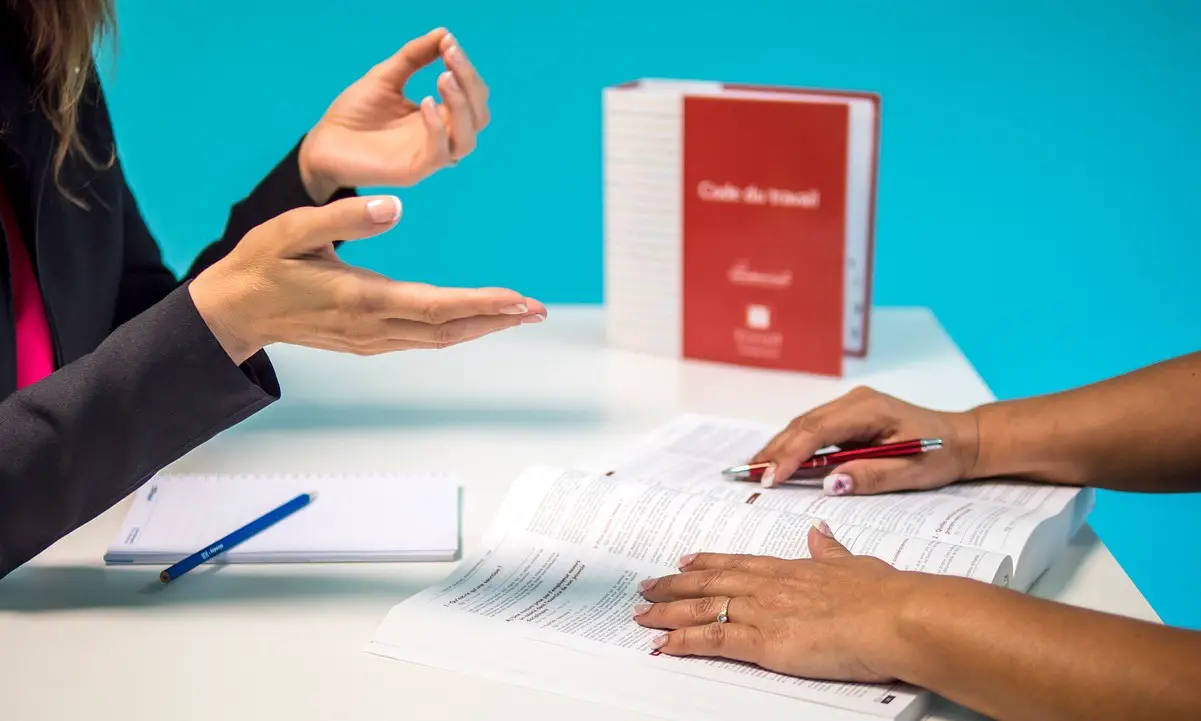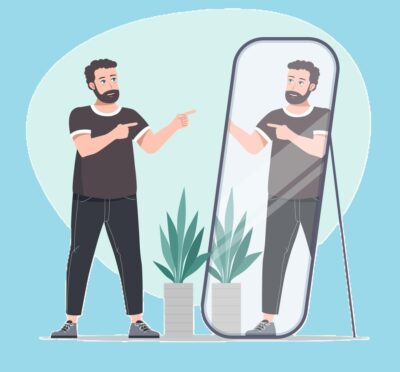How Can You Effectively Manage Anxiety in the Workplace?
Experiencing anxiety in the workplace is a common challenge that can hinder both personal well-being and professional performance. Understanding how to manage this anxiety is crucial for maintaining productivity and job satisfaction. This article provides practical strategies to help you manage and reduce workplace anxiety effectively.
Table of contents
- How Can You Effectively Manage Anxiety in the Workplace?
- 1. What Are the Common Causes of Workplace Anxiety?
- 2. How Can Mindfulness and Meditation Help Reduce Anxiety?
- 3. How Does Effective Time Management Alleviate Anxiety?
- 4. Why Is Open Communication Important in Managing Workplace Anxiety?
- 5. How Can Setting Boundaries Improve Mental Well-being?
- 6. What Role Does Physical Activity Play in Managing Anxiety?
- 7. How Can Employers Support Employees in Managing Anxiety?
1. What Are the Common Causes of Workplace Anxiety?
Identifying the root causes of your anxiety is the first step toward managing it. Common contributors include:
- Performance Pressure: Concerns about meeting job expectations or fear of negative evaluations can lead to significant stress.
- Interpersonal Relationships: Challenges in interactions with colleagues or supervisors, such as conflicts or miscommunication, often increase anxiety levels.
- Workload Management: Handling an overwhelming amount of tasks without adequate support can cause feelings of anxiety.
- Work-Life Balance: Struggling to balance professional responsibilities with personal life can contribute to ongoing stress.
2. How Can Mindfulness and Meditation Help Reduce Anxiety?
Incorporating mindfulness and meditation into your daily routine can significantly alleviate anxiety. Here’s how you can practice these techniques:
- Mindful Breathing: Dedicate a few minutes each day to focus solely on your breathing. Inhale deeply through your nose, hold for a count of four, and exhale slowly through your mouth. This practice can calm your mind and reduce stress.
- Body Scan Meditation: Sit comfortably and mentally scan your body from head to toe, acknowledging any areas of tension. This awareness can help you release physical stress contributing to anxiety.
- Mindfulness Apps: Utilize applications designed to guide you through meditation sessions, making it easier to incorporate mindfulness into your schedule.

3. How Does Effective Time Management Alleviate Anxiety?
Organizing your tasks can prevent feelings of overwhelm and reduce anxiety. Consider the following strategies:
- Prioritize Tasks: Identify urgent and important tasks, focusing on completing them first. This approach ensures critical responsibilities receive timely attention.
- Break Down Projects: Divide larger projects into manageable steps, setting achievable deadlines for each. This method makes daunting tasks more approachable.
- Use Planning Tools: Employ digital calendars or task management apps to schedule activities and set reminders, helping you stay organized and on track.
4. Why Is Open Communication Important in Managing Workplace Anxiety?
Fostering transparent communication can mitigate misunderstandings and reduce anxiety. Here’s how to approach it:
- Express Concerns: If you’re feeling overwhelmed, discuss your workload with your supervisor to explore possible adjustments or support.
- Seek Feedback: Regularly request constructive feedback to understand performance expectations and areas for improvement, reducing uncertainty.
- Build Support Networks: Connect with colleagues to share experiences and coping strategies, creating a sense of community and mutual support.

5. How Can Setting Boundaries Improve Mental Well-being?
Establishing clear boundaries between work and personal life is essential for reducing anxiety. Consider these steps:
- Define Work Hours: Clearly delineate when your workday starts and ends, avoiding work-related tasks during personal time.
- Take Regular Breaks: Incorporate short breaks throughout your day to rest and recharge, enhancing focus and reducing stress.
- Learn to Say No: Politely decline additional tasks when your schedule is full to prevent overcommitment and burnout.
6. What Role Does Physical Activity Play in Managing Anxiety?
Regular exercise is a powerful tool for combating anxiety. Here’s how to integrate physical activity into your routine:
- Short Walks: Take brief walks during breaks to clear your mind and reduce tension.
- Stretching Exercises: Perform simple stretches at your workstation to alleviate muscle tension and promote relaxation.
- Recreational Activities: Engage in physical activities you enjoy outside of work hours to boost your mood and overall well-being.
7. How Can Employers Support Employees in Managing Anxiety?
Employers play a crucial role in fostering a supportive work environment. Effective strategies include:
- Provide Resources: Offer access to mental health resources, such as counseling services or stress management workshops.
- Encourage Breaks: Promote a culture where taking regular breaks is normalized and encouraged to prevent burnout.
- Foster Inclusivity: Create an inclusive environment where employees feel safe to express concerns without fear of stigma.
By implementing these strategies, both employees and employers can work together to create a healthier, more productive workplace environment. Remember, managing anxiety is an ongoing process, and seeking professional help when needed is a sign of strength and proactive self-care.
FAQ – Managing Workplace Anxiety
1. How can I recognize the early signs of workplace anxiety before it worsens?
Early signs include difficulty concentrating, increased irritability, fatigue, and physical symptoms like headaches or stomach issues. Identifying these symptoms early allows you to take preventive measures before anxiety escalates.
2. Can workplace anxiety affect career growth and professional relationships?
Yes, unmanaged anxiety can impact performance, decision-making, and communication skills, potentially affecting promotions and teamwork. Learning coping mechanisms helps maintain productivity and strong workplace relationships.
3. What role does workplace culture play in reducing anxiety among employees?
A supportive work environment that encourages open communication, flexible work arrangements, and mental health resources significantly reduces workplace anxiety and enhances employee well-being.
4. Are there quick techniques to manage sudden anxiety during work hours?
Yes, deep breathing exercises, the 5-4-3-2-1 grounding technique, and short mindfulness breaks can help calm anxiety quickly and restore focus without disrupting workflow.
Sources:
- mentalhealthfirstaid.org/2019/03/how-employers-can-help-manage-anxiety-in-the-workplace/
- counselling-directory.org.uk/articles/managing-anxiety-in-the-workplace
- worknest.com/blog/managing-anxiety-workplace/
- charityvillage.com/managing_anxiety_in_the_workplace/
- mindblank.org.au/understanding-and-managing-anxiety-in-the-workplace/
Image Resources:






